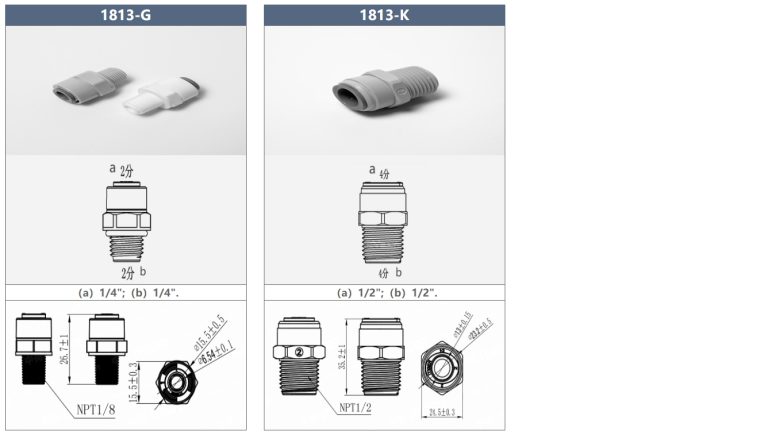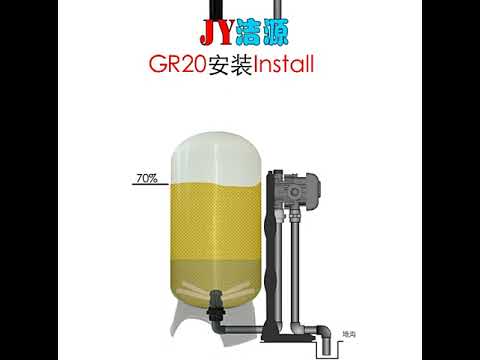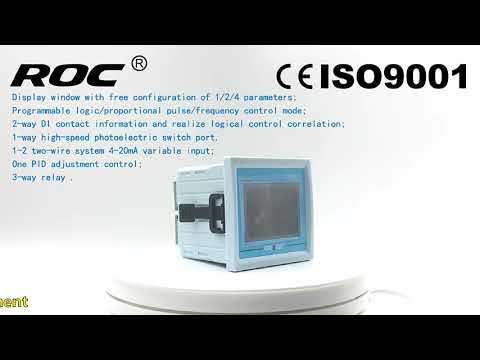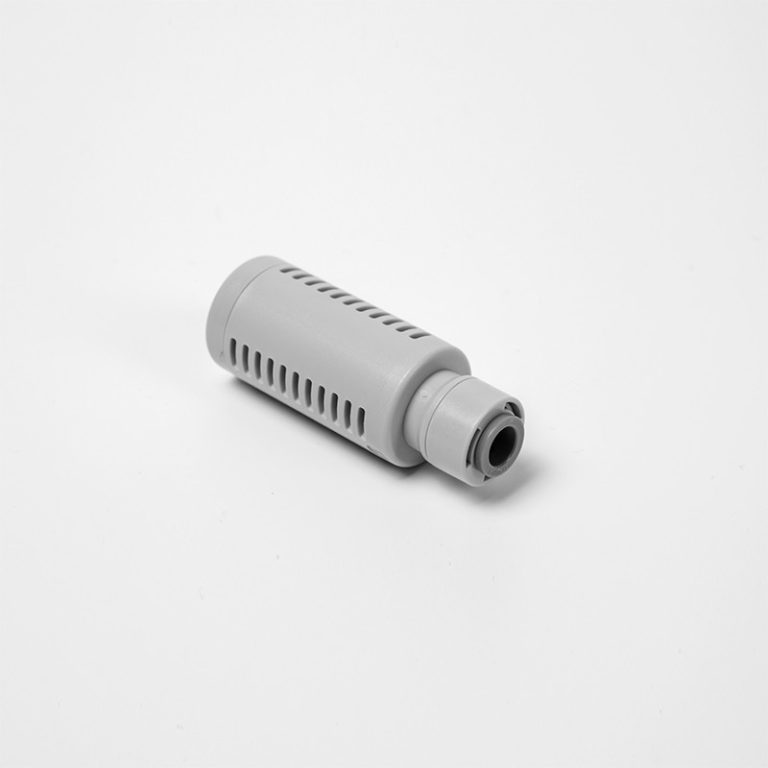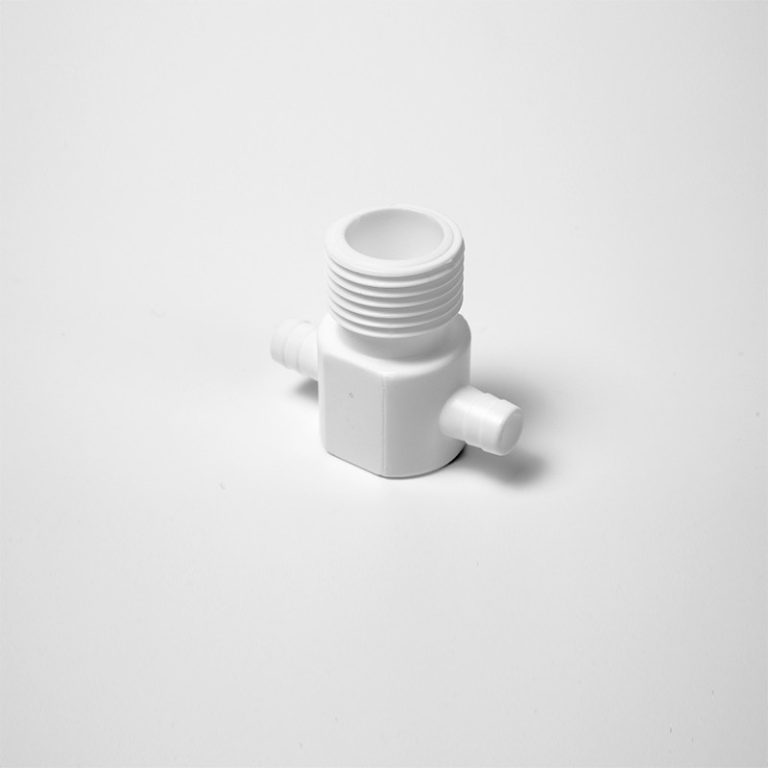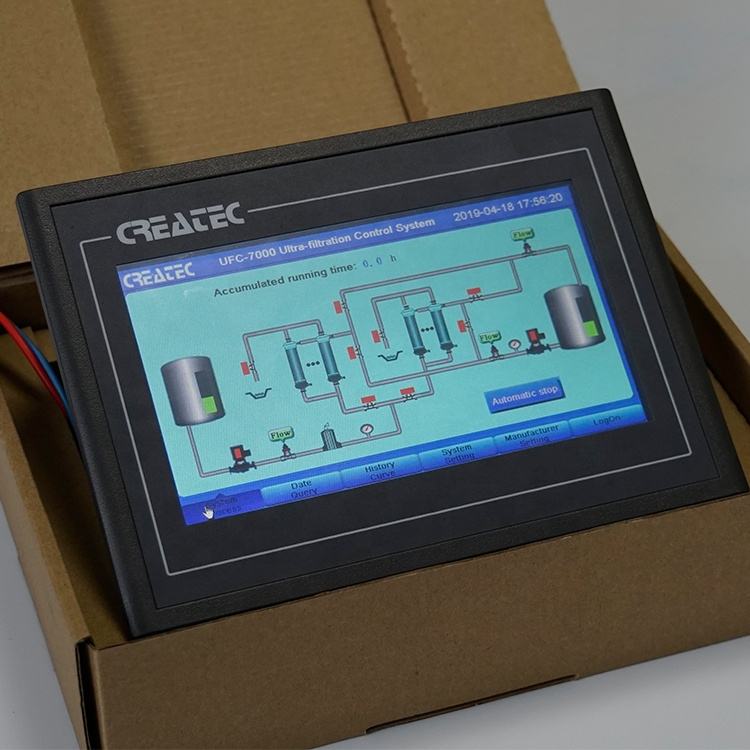เครื่องตรวจจับค่าการนำไฟฟ้าจะวัดค่าการนำไฟฟ้าเพื่อวิเคราะห์สาร
การทำความเข้าใจหลักการตรวจจับการนำไฟฟ้า
ปัจจัยสำคัญประการหนึ่งที่ต้องพิจารณาเมื่อใช้เครื่องตรวจจับการนำไฟฟ้าคืออุณหภูมิ ค่าการนำไฟฟ้าของสารละลายยังได้รับผลกระทบจากอุณหภูมิด้วย โดยโดยทั่วไปแล้วอุณหภูมิที่สูงขึ้นจะส่งผลให้ค่าการนำไฟฟ้าสูงขึ้น ในกรณีนี้ เครื่องตรวจจับการนำไฟฟ้ามักจะมีเซ็นเซอร์อุณหภูมิที่ช่วยให้สามารถชดเชยอุณหภูมิได้ ช่วยให้มั่นใจได้ว่าจะได้การวัดที่แม่นยำโดยไม่คำนึงถึงความแปรผันของอุณหภูมินอกเหนือจากการวัดความเข้มข้นของไอออนแล้ว ยังใช้การตรวจจับการนำไฟฟ้าเพื่อระบุความบริสุทธิ์ของสารได้อีกด้วย สิ่งเจือปนในสารละลายอาจส่งผลต่อการนำไฟฟ้า โดยระดับสิ่งเจือปนที่สูงขึ้นส่งผลให้ค่าการนำไฟฟ้าลดลง นักวิทยาศาสตร์สามารถประเมินความบริสุทธิ์ของตัวอย่างได้โดยการเปรียบเทียบค่าการนำไฟฟ้าของตัวอย่างกับค่าการนำไฟฟ้าของสารบริสุทธิ์ที่ทราบการตรวจจับค่าการนำไฟฟ้ามีการใช้งานมากมายในอุตสาหกรรมต่างๆ ในสาขาเคมี เครื่องตรวจจับการนำไฟฟ้ามักใช้ในไอออนโครมาโทกราฟี ซึ่งเป็นเทคนิคที่ใช้ในการแยกและวิเคราะห์ไอออนในสารละลาย นักวิทยาศาสตร์สามารถระบุและหาปริมาณส่วนประกอบของตัวอย่างได้ด้วยการวัดค่าการนำไฟฟ้าของไอออนต่างๆในด้านชีววิทยา การตรวจจับการนำไฟฟ้าถูกนำมาใช้ในเทคนิคต่างๆ เช่น อิเล็กโตรโฟรีซิส อิเล็กโตรโฟเรซิสเป็นวิธีการแยกโมเลกุลตามประจุและขนาด ด้วยการใช้สนามไฟฟ้ากับเจลเมทริกซ์ โมเลกุลจะเคลื่อนที่ไปยังอิเล็กโทรดที่มีประจุตรงข้ามกันในอัตราที่ต่างกัน เพื่อให้สามารถแยกตัวได้ เครื่องตรวจจับค่าการนำไฟฟ้าใช้ในการติดตามการเคลื่อนที่ของโมเลกุลและระบุตำแหน่งของโมเลกุลในด้านวิทยาศาสตร์สิ่งแวดล้อม การตรวจจับการนำไฟฟ้าใช้ในการประเมินคุณภาพน้ำ การนำไฟฟ้าของน้ำสามารถให้ข้อมูลเกี่ยวกับการมีอยู่ของสารที่ละลาย เช่น เกลือและแร่ธาตุ ด้วยการวัดค่าการนำไฟฟ้าของตัวอย่างน้ำ นักวิทยาศาสตร์สามารถตรวจสอบการเปลี่ยนแปลงของคุณภาพน้ำและระบุแหล่งที่มาของมลพิษที่อาจเกิดขึ้นโดยสรุป การตรวจจับการนำไฟฟ้าเป็นเทคนิคอันทรงพลังที่ช่วยให้นักวิทยาศาสตร์สามารถวัดความสามารถของสารในการนำกระแสไฟฟ้าได้ ด้วยการทำความเข้าใจหลักการเบื้องหลังการตรวจจับการนำไฟฟ้า เราจึงสามารถชื่นชมการใช้งานของมันในด้านต่างๆ ได้ ตั้งแต่เคมีไปจนถึงชีววิทยาไปจนถึงวิทยาศาสตร์สิ่งแวดล้อม การตรวจจับการนำไฟฟ้ามีบทบาทสำคัญในการวิเคราะห์และทำความเข้าใจคุณสมบัติของสารต่างๆ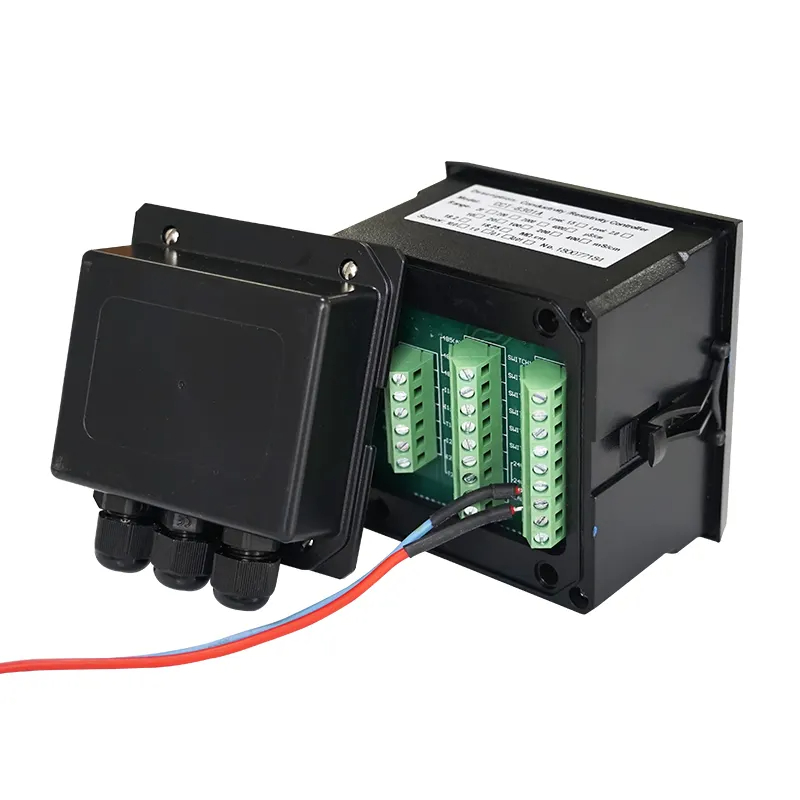 One important factor to consider when using a conductivity detector is temperature. The conductivity of a solution is also affected by temperature, with higher temperatures generally resulting in higher conductivities. To account for this, conductivity detectors often include temperature sensors that allow for temperature compensation. This ensures that accurate measurements are obtained regardless of temperature variations.In addition to measuring ion concentration, conductivity detection can also be used to determine the purity of a substance. Impurities in a solution can affect its conductivity, with higher levels of impurities resulting in lower conductivities. By comparing the conductivity of a sample to that of a known pure substance, scientists can assess the purity of the sample.Conductivity detection has numerous applications in various industries. In the field of chemistry, conductivity detectors are commonly used in ion chromatography, a technique used to separate and analyze ions in a solution. By measuring the conductivity of different ions, scientists can identify and quantify the components of a sample.In the field of biology, conductivity detection is used in techniques such as electrophoresis. Electrophoresis is a method that separates molecules based on their charge and size. By applying an electric field to a gel matrix, molecules move towards the oppositely charged electrode at different rates, allowing for their separation. The conductivity detector is used to monitor the movement of the molecules and determine their positions.In environmental science, conductivity detection is used to assess water quality. The conductivity of water can provide information about the presence of dissolved substances, such as salts and minerals. By measuring the conductivity of water samples, scientists can monitor changes in water quality and identify potential sources of pollution.In conclusion, conductivity detection is a powerful technique that allows scientists to measure the ability of a substance to conduct an electric current. By understanding the principles behind conductivity detection, we can appreciate its applications in various fields. From chemistry to biology to environmental science, conductivity detection plays a crucial role in analyzing and understanding the properties of different substances.
One important factor to consider when using a conductivity detector is temperature. The conductivity of a solution is also affected by temperature, with higher temperatures generally resulting in higher conductivities. To account for this, conductivity detectors often include temperature sensors that allow for temperature compensation. This ensures that accurate measurements are obtained regardless of temperature variations.In addition to measuring ion concentration, conductivity detection can also be used to determine the purity of a substance. Impurities in a solution can affect its conductivity, with higher levels of impurities resulting in lower conductivities. By comparing the conductivity of a sample to that of a known pure substance, scientists can assess the purity of the sample.Conductivity detection has numerous applications in various industries. In the field of chemistry, conductivity detectors are commonly used in ion chromatography, a technique used to separate and analyze ions in a solution. By measuring the conductivity of different ions, scientists can identify and quantify the components of a sample.In the field of biology, conductivity detection is used in techniques such as electrophoresis. Electrophoresis is a method that separates molecules based on their charge and size. By applying an electric field to a gel matrix, molecules move towards the oppositely charged electrode at different rates, allowing for their separation. The conductivity detector is used to monitor the movement of the molecules and determine their positions.In environmental science, conductivity detection is used to assess water quality. The conductivity of water can provide information about the presence of dissolved substances, such as salts and minerals. By measuring the conductivity of water samples, scientists can monitor changes in water quality and identify potential sources of pollution.In conclusion, conductivity detection is a powerful technique that allows scientists to measure the ability of a substance to conduct an electric current. By understanding the principles behind conductivity detection, we can appreciate its applications in various fields. From chemistry to biology to environmental science, conductivity detection plays a crucial role in analyzing and understanding the properties of different substances.

